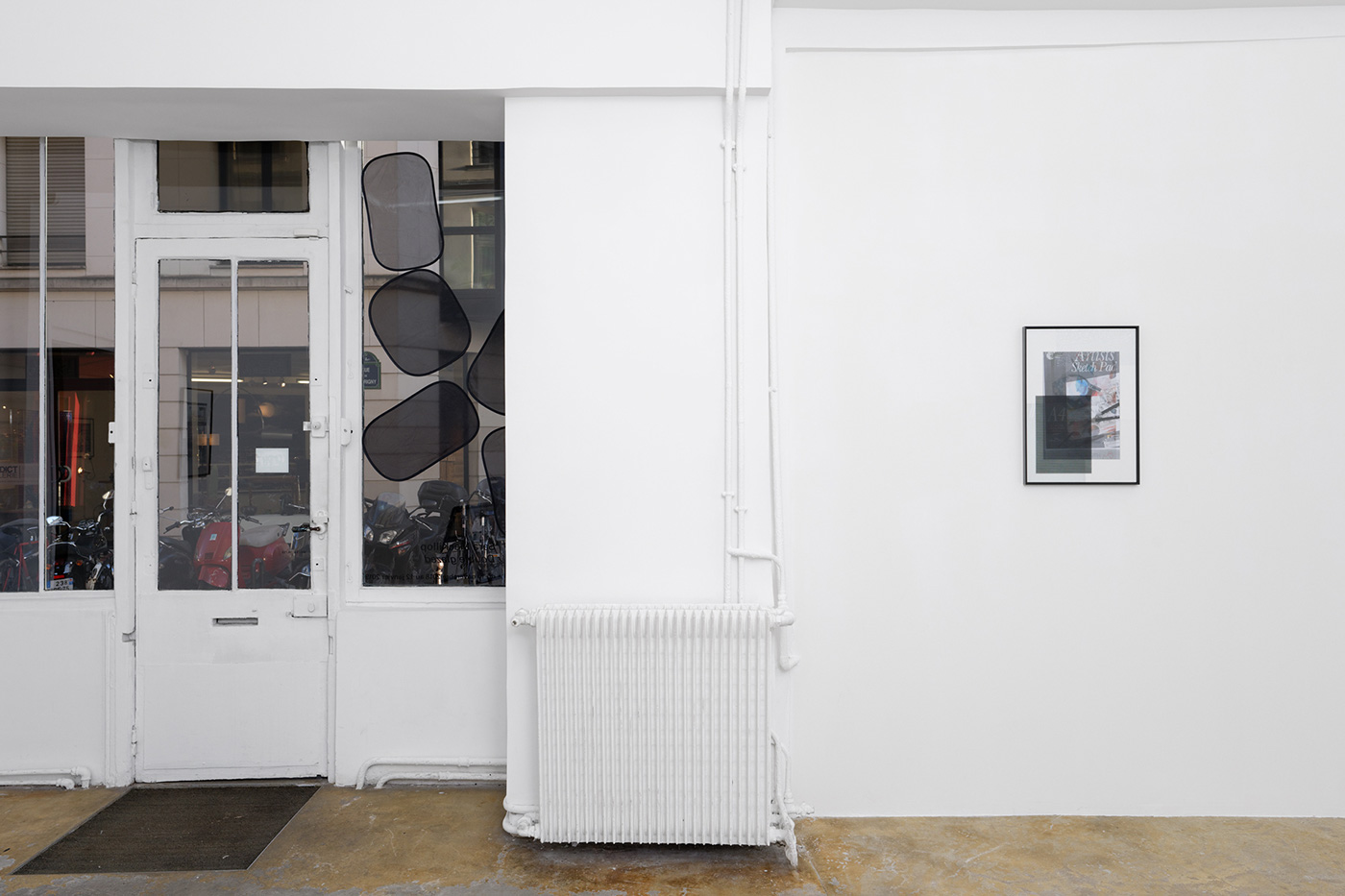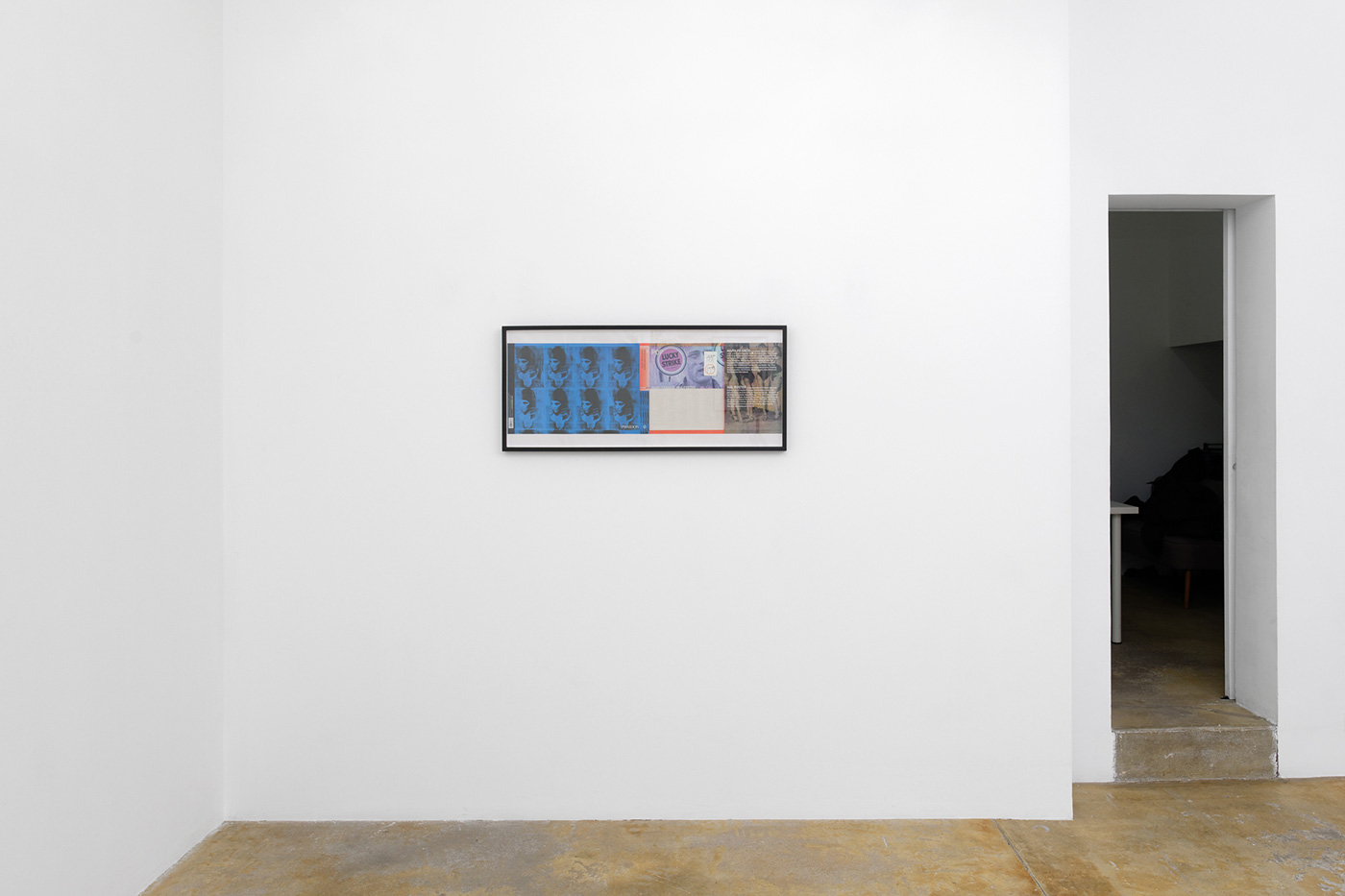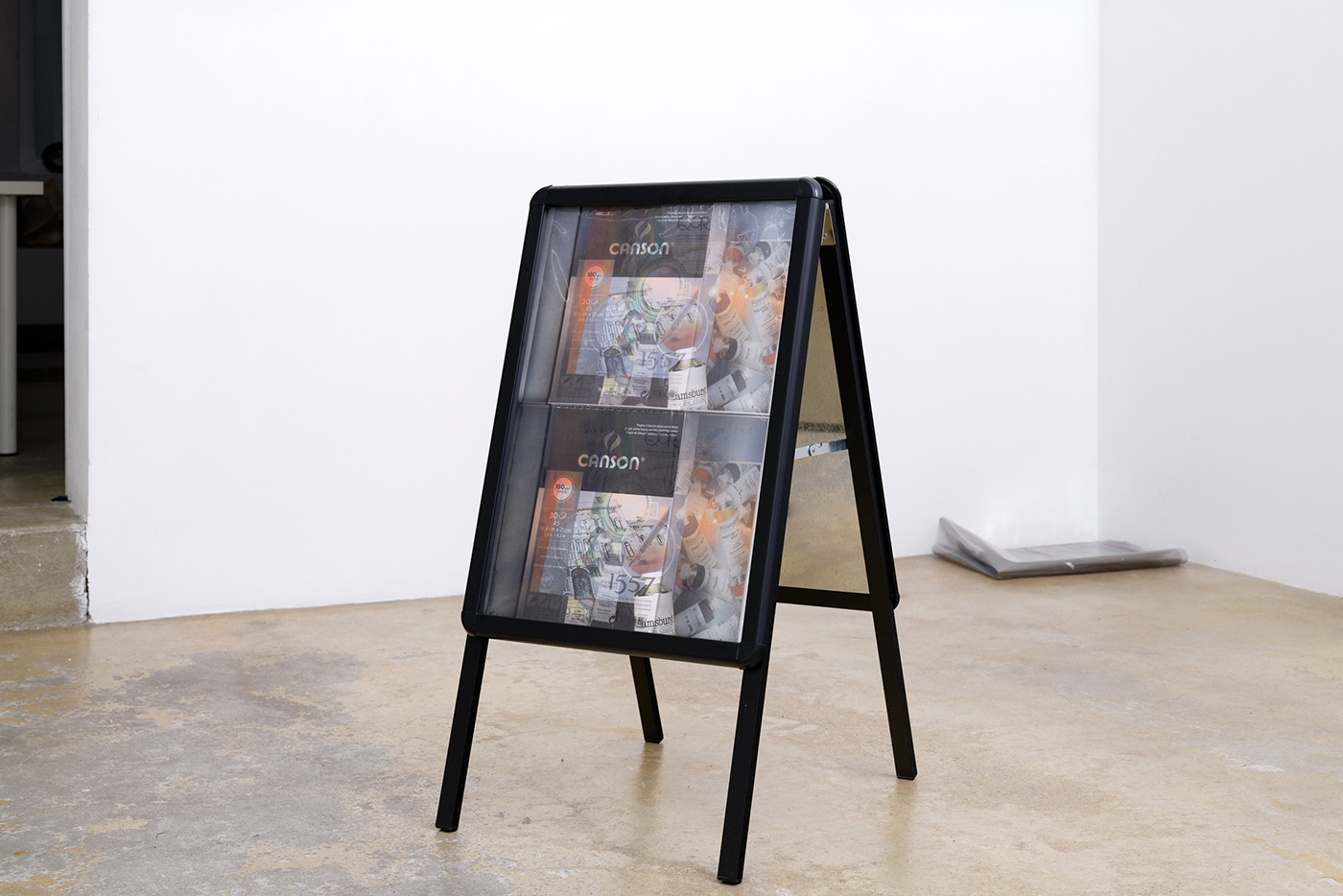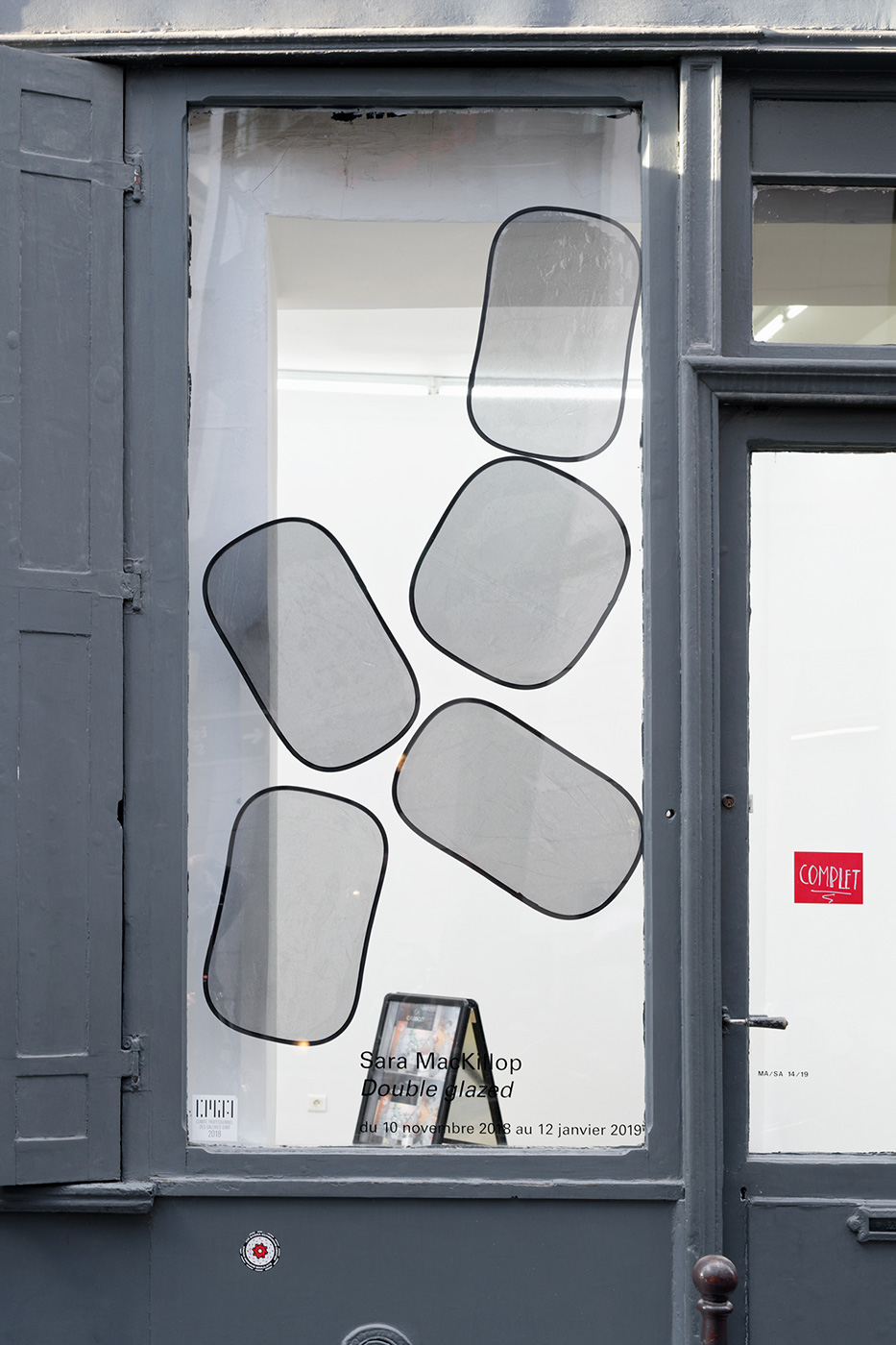Double Glazed
| Gallery
Sara MacKillop

Double Glazed
Sara MacKillop

Double Glazed
Sara MacKillop
Exhibition view
Double Glazed
Sara MacKillop
Exhibition view
Double Glazed
Sara MacKillop
Exhibition view
Double Glazed
Sara MacKillop
Exhibition view
Double Glazed
Sara MacKillop
Exhibition view
Double Glazed
Sara MacKillop
Exhibition view
Double Glazed
Sara MacKillop
Exhibition view
Double Glazed
Sara MacKillop
Exhibition view
EN
Questionnaire
How do you make an image? Is there ever a limit to what it can be or do? Where are its borders and what are its frames–outsides and insides–or rather its flows? How do you conceive an image and through what kind of lens? But equally, what might that lens occlude? There is a difference between what you can’t see and what you don’t want to see, or, moreover, what you misrecognise as such. The question, thus, is what are the collectively diverse conditions for art’s becoming and what are the collectively diverse conditions for its receivership, its production and its meaning? A promise? A true fiction? A mutual exchange? But then what about lack? How can lack or debt or expenditure be inscribed internally in the work and what of its affects? What about a work’s materiality as a thing? When you see the materials that produce a work of art what traces do those materials make present, index or even hide? What about labour for example–both the production of materials and the artistic labour enacted upon them? The commodity form and alienation? What set of social relations are inscribed here as history? As time and memory? How does form obscure content? Or rather, what kind of content can we extract from form through its becoming, through its activation (the making of art) and its reception?
This is about circulation, the act. When we look at images, photography or reproductive process, we are looking at embedded information but information that circulates, that is not stable or sedentary, non-affirmative, especially so when images and surfaces are blocked, reflected, taped, made illegible, obscured, screened out, imposed or bleached by the sun. So where does the energy come from? How can we speak about these procedures on the level of representation when representation itself is under erasure, effaced? What kind of negativity is produced? Is it a political economy of the abyss? A kind of pictorial violence that hurts the image, a form of self-vandalisation? Or does that so-called violence actually engender different ways of seeing, of working against the work, from inception to reception, as a different way to collectively participate in image-making? Visual forfeiture through relational gain? It’s all about the work of the work. No?
David Bussel